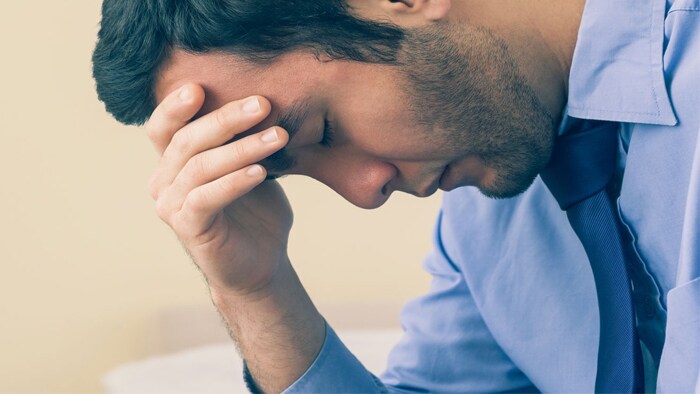How Do Sleep Trackers Actually Work?
If you want to improve your sleep, it's a good idea to know your starting point. Determining how often you're waking up at night or if you're entering the deep sleep stages your body needs, is important information to have in the beginning so you can start making improvements. But…how can you track your sleep while you're, well, out cold? Enter sleep trackers. They come in several forms, from wearable smart watches, to headbands that provide biofeedback, rings you slip on a finger, a device you slip under your sheet, or apps that use motion detection and microphones to detect when you're in the different stages of sleep. With so many sleep trackers popularized these days, you might be wondering how they track your sleep. Although the technology behind these devices is more complicated than we'll get into today, there are several ways these devices track your sleep.
Accelerometers
Most sleep trackers measure sleep quantity and quality by using accelerometers, small motion detectors. Accelerometers measure how much movement you're making while you sleep. This data is then analyzed using an algorithm to estimate sleep time and quality. If you want to get more details about your sleep stages, a sleep tracker that only offers an accelerometer isn't the best fit, they can't accurately measure sleep stages because there is little difference in movement between the sleep stages, according to the Sleep Foundation.
Heart Rate and Respiration
Some sleep trackers estimate REM sleep in addition to deep and light sleep stages by measuring heart rate. Although heart rate and respiration rates are known to vary greatly during sleep, they have a close relationship with each sleep stage since the autonomic nervous system significantly affects both. Respiration is considered the most important parameter of physiological data because it clearly indicates sleep disorders such as snoring and sleep apnea according to research published in the journal, Sensors.
Environmental Factors
Some sleep trackers use a microphone – like the one on your phone you'll place close to your bed – to capture noise from the room or your body. Specifically, if you're moving frequently and not sleeping well, some trackers will note that. A microphone can measure your respiration, detecting snoring, sleep apnea, and how often you wake up during the night. Some sleep trackers with thermometers can measure the temperature of your room and may show that you wake up frequently when it's too warm. Research finds that sleep sensor sensing feedback can help patients determine the effectiveness of a treatment for a particular sleep disorder, such as using a CPAP (Continuous Positive Airways Pressure) machine for sleep apnea. Now that you know how well (or poorly) you're sleeping, use that data to look for patterns where you can make improvements. Went to bed late and didn't sleep well? Set a reminder on your phone to go to bed an hour earlier and relax. Woke up a few times after a couple of alcoholic drinks? Cut back on the alcohol and imbibe closer to dinner so you can metabolize alcohol and rest easy. You might have to use a trial and error method to see which sleep tracker works best for you. If wearing a wristband bothers you and impacts your ability to fall asleep, consider a smartphone app you can launch and place next to your bed so nothing touches your skin. Or, look for a sleep tech product you can slip under your sheet. Something else to keep in mind, tracking your sleep doesn't result in you actually sleeping better. Just like tracking that your eating habits are bad doesn't automatically make you lose weight. Changing habits based on what you learn is the key.


